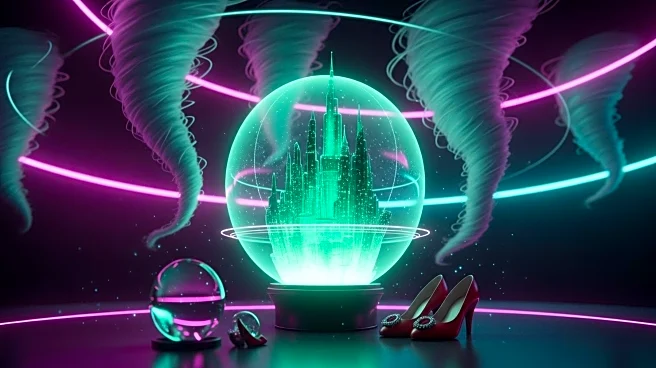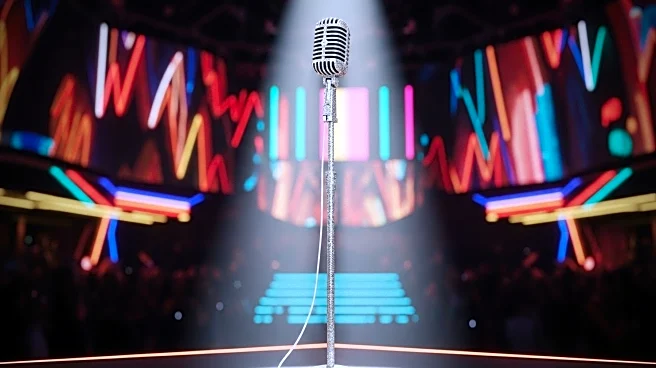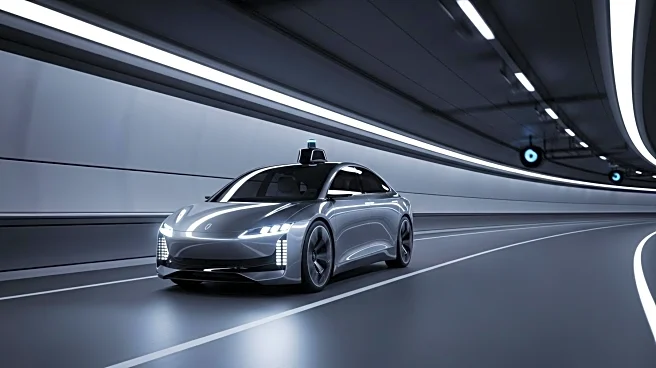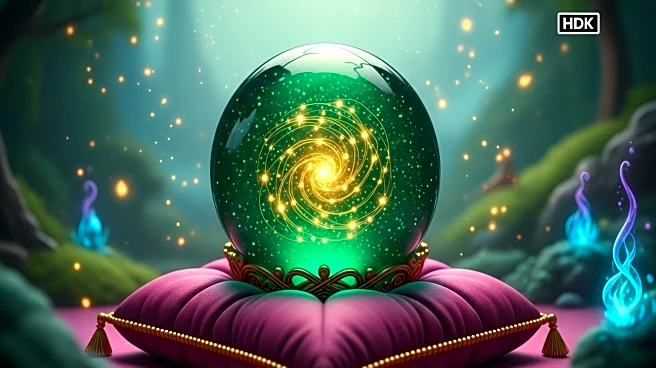What's Happening?
A new version of The Wizard of Oz is being showcased at the Sphere in Las Vegas, utilizing advanced AI technology to transform the classic 1939 film. The Sphere, a unique venue with a seating capacity of 17,600 and a massive LED panel wall, offers an immersive experience unlike traditional movie theaters. The production includes AI-generated performances and enhanced visual and audio elements, aiming to create a spectacle with features like wind machines and haptic signals. The project is led by producer Jane Rosenthal and involves collaboration with Warner Bros and Google, focusing on creating an experiential version rather than a traditional restoration.
Why It's Important?
This innovative approach to film presentation could significantly impact the entertainment industry by redefining how audiences experience movies. The use of AI and immersive technology may open new avenues for film adaptations and revivals, potentially increasing interest in theatrical moviegoing. However, it also raises concerns about the role of AI in creative processes and its implications for Hollywood workers. The project reflects broader societal changes and technological advancements, challenging traditional cinema norms and offering a new medium for storytelling.
What's Next?
The Sphere's success with The Wizard of Oz could lead to more immersive adaptations of classic films, as Sphere Studios explores further possibilities. The venue's unique capabilities may attract other productions, potentially expanding its influence in the entertainment industry. As the only existing Sphere, its future developments and audience reception will be closely watched, with potential plans for expansion if demand continues.
Beyond the Headlines
The integration of AI in film production at the Sphere highlights ethical and cultural dimensions, particularly regarding the preservation of artistic integrity and the potential displacement of creative professionals. The project challenges traditional cinema experiences, encouraging audiences to 'unlearn' conventional viewing and embrace new forms of engagement. This shift may influence long-term trends in film production and consumption, as technology continues to evolve.











